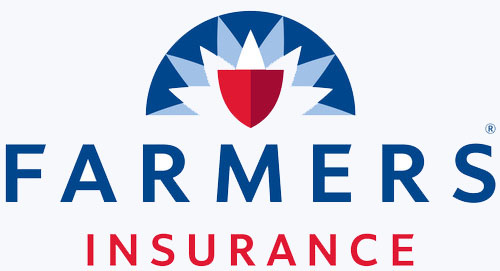Life Insurance
Protect your family and those you love from the unexpected.
What You Need To Know
Life Insurance Coverages
Term, whole and more
The first step to learning about life and health insurance is understanding its necessity and importance. Life and health insurance are essential for a number of different reasons. It is a financial instrument that allows you to protect your family and loved ones when you’re gone.
Types and more
There are two major types of life insurance—term and whole life. Whole life is sometimes called permanent life insurance, and it encompasses several subcategories, including traditional whole life, and universal life. In 2003, about 6.4 million individual life insurance policies bought were
Life insurance products for groups are different from life insurance sold to individuals. The information below focuses on life insurance sold to individuals.
TERM
Term Insurance is the simplest form of life insurance. It pays only if death occurs during the term of the policy, which is usually from one to 30 years. Most term policies have no other benefit provisions. There are two basic types of term life insurance policies—level term and decreasing term:
- Level term means that the death benefit stays the same throughout the duration of the policy.
- Decreasing term means that the death benefit drops, usually in one-year increments, over the course of the policy’s term.
WHOLE LIFE
Whole life or permanent insurance pays a death benefit whenever you die—even if you live to 100!
In the case of traditional whole life, both the death benefit and the premium are designed to stay the same (level) throughout the life of the policy. The cost per $1,000 of benefit increases as the insured person ages, and it obviously gets very high when the insured lives to 80 and beyond. The insurance company could charge a premium that increases each year, but that would make it very hard for most people to afford life insurance at advanced ages. So the company keeps the premium level by charging a premium that, in the early years, is higher than what’s needed to pay claims, investing that money, and then using it to supplement the level premium to help pay the cost of life insurance for older people.
By law, when these “overpayments” reach a certain amount, they must be available to the policyholder as a cash value if he or she decides not to continue with the original plan. The cash value is an alternative, not an additional, benefit under the policy.

